Your Freezer Isn’t Just for Leftovers: The Real Guide to Freezing Everything
I spent my early years in professional kitchens where the walk-in freezer wasn’t a convenience—it was our lifeline. It was our bank account for seasonal produce, our insurance against a failed delivery, and our secret to consistency. But I learned a hard lesson fast: a freezer is a powerful tool, but a pretty dumb one. It doesn’t know the difference between a delicate berry and a hardy stew. Using it correctly is a skill, and honestly, it’s what separates food that’s just preserved from food that’s perfectly preserved.
In this article
- First, Let’s Get Nerdy: Why Your Freezing Technique Matters
- The Right Tools for the Job
- The Golden Rules of Prep
- The #1 Thing People Freeze: Meat, Poultry, and Fish
- How to Handle Tricky Stuff: Dairy, Fats, and Starches
- Preserving Peak-Season Fruits and Veggies
- Freezing Full Meals, Baked Goods, and Grains
- Common Freezer Fails (And How to Avoid Them)
- Safety First: Thawing, Refreezing, and Staying Organized
- Inspiration:
We’re not just talking about saving leftovers here. We’re talking about building a system to capture peak-season flavor and make your daily cooking life so much easier. Forget random “hacks.” This is about using a little bit of food science in your own kitchen to get legit, professional results.
First, Let’s Get Nerdy: Why Your Freezing Technique Matters
To master your freezer, you have to understand your main opponent: water. Every food has it, and when water freezes, it expands and forms ice crystals. This is the single most important thing to get right.
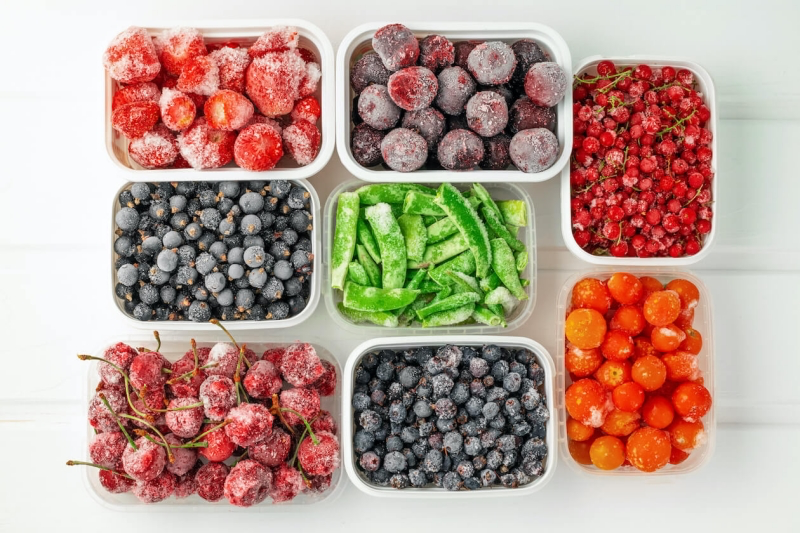
Picture a fresh strawberry. Its cells are like tiny, perfectly structured water balloons. When you freeze it slowly in a clump, huge, jagged ice crystals form. Think of them as tiny little knives tearing and shredding those delicate cell walls. So when you thaw that strawberry? All the water leaks out, and you’re left with a sad, limp, mushy mess. The texture is completely gone.
The goal is to make those ice crystals as tiny as possible, which minimizes the damage. And how do you do that? By freezing the food as fast as you can. Commercial kitchens have powerful blast freezers, but you can mimic the effect at home. Spreading food in a single layer on a metal tray, for example, freezes it way faster than tossing it in a thick plastic bag.
Then there’s freezer burn. That dry, leathery patch on your frozen chicken isn’t a disease; it’s basically dehydration. The ice on the food’s surface turns directly into vapor, escaping into the dry freezer air. This happens when air gets to the food’s surface. Air is the absolute enemy of frozen food.
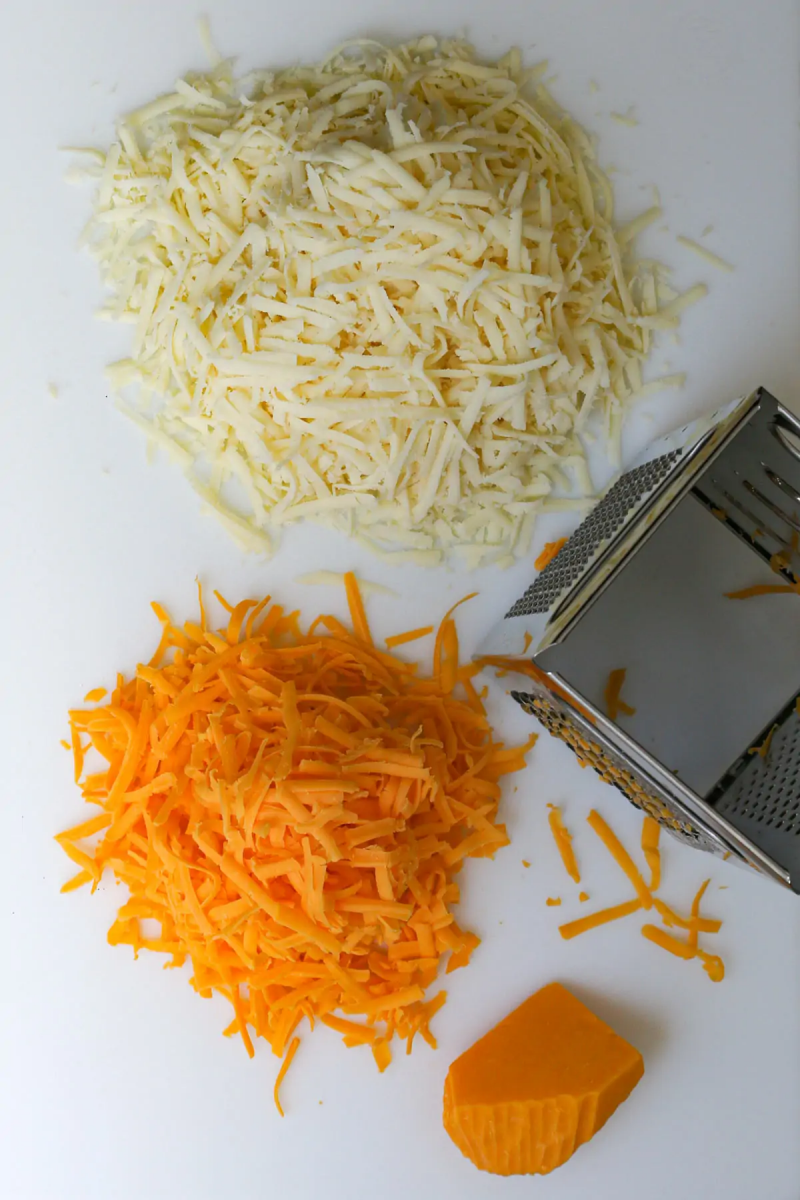
Finally, freezing only slows down enzymes; it doesn’t stop them entirely. These guys are what cause vegetables to lose their vibrant color, develop weird flavors, and lose nutrients over time. To stop them in their tracks, we need to do something called blanching. Understanding these three things—ice crystals, air, and enzymes—is the foundation for everything.
The Right Tools for the Job
You wouldn’t try to build a cabinet with a butter knife, right? Same idea here. Your success starts before any food even sees the inside of the freezer.
- Packaging: First off, throw out those thin sandwich baggies. They’re useless here. You need actual freezer-grade bags that are thicker and designed to block air. A vacuum sealer is the undisputed champion, though. By sucking out nearly all the air, it basically makes freezer burn impossible. You can find basic models starting around $60, with pro-level ones costing $200 or more. In my opinion, it pays for itself in food you don’t have to throw away.
- The Budget-Friendly “Vacuum” Seal: Don’t want to shell out for a sealer? No problem. The water displacement method is a fantastic alternative. Put your food in a quality freezer-grade zip-top bag, seal it almost all the way, and then slowly lower the bag into a pot of water. The pressure of the water pushes all the air out through the small opening. Just before the bag goes completely under, seal that last little bit. Boom—a nearly perfect, air-free seal for pennies.
- Rigid Containers: For soups, stocks, and sauces, you need sturdy, freezer-safe containers. I love square or rectangular ones because they stack like bricks and save a ton of space. Make sure they’re meant for freezing; regular plastic can get brittle and crack.
- Parchment & Foil: Parchment paper is your best friend for pre-freezing things so they don’t stick. Heavy-duty aluminum foil is also great as a second layer over plastic wrap for an extra-tight seal on weirdly shaped items.
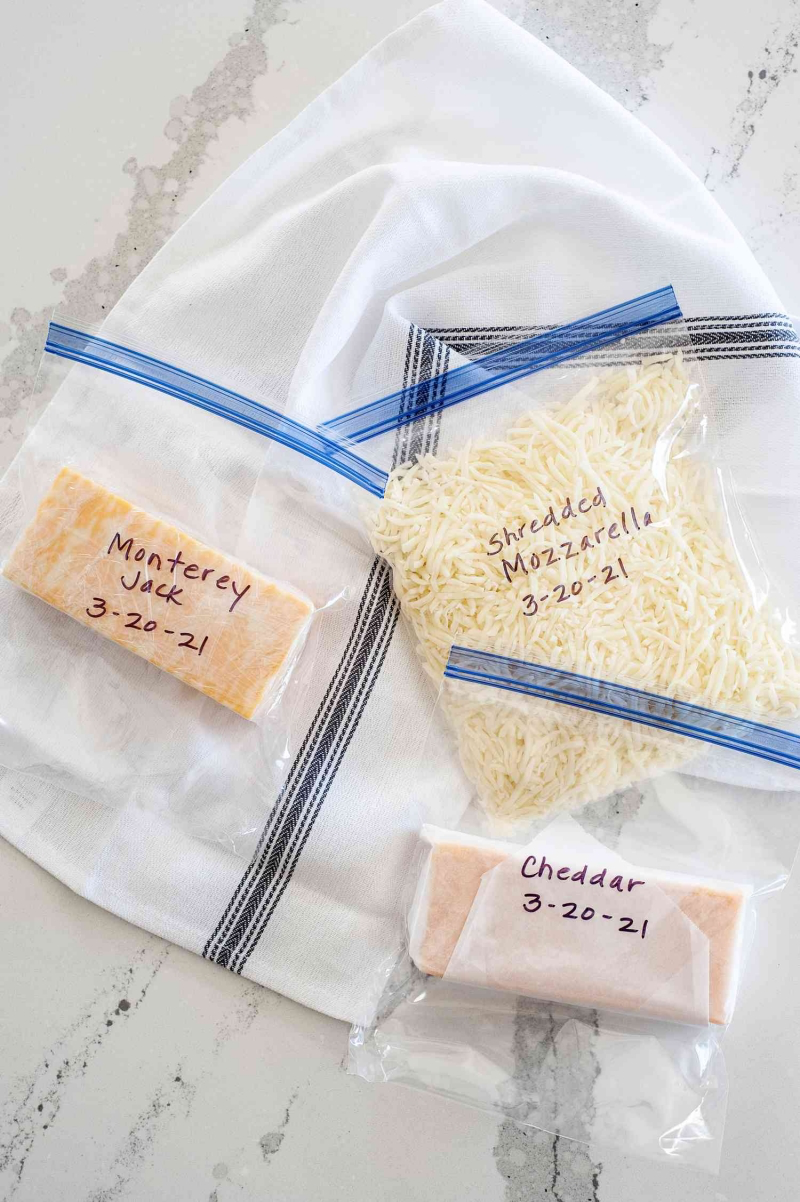
The Golden Rules of Prep
There are two non-negotiable rules. Seriously, don’t skip these.
1. Cool It Down. ALL THE WAY. Never, ever put hot food in the freezer. It’s a rookie mistake that can ruin everything else in there. It raises the freezer’s temperature, causing other items to partially thaw and refreeze, which destroys their texture. Let food cool completely on the counter, then chill it in the fridge before it ever touches the freezer.
2. Label Everything. You think you’ll remember what that mystery block is. You won’t. I can’t tell you how many times I’ve seen cooks stare at an unlabeled container, clueless. Use a permanent marker and label every single item with what it is, the date it was frozen, and the quantity (e.g., “Tomato Sauce, 2 cups”). This lets you use the “First In, First Out” (FIFO) system, so nothing gets lost in the frozen abyss for a decade.

The #1 Thing People Freeze: Meat, Poultry, and Fish
Somehow this always gets overlooked, but it’s what most of us are freezing! The key here is an airtight wrap to prevent that dreaded freezer burn.
Your best bet is the double-wrap method. Wrap the piece of meat, whether it’s a chicken breast or a steak, tightly in plastic wrap. Then, wrap that in a layer of heavy-duty aluminum foil or place it inside a freezer bag with the air pressed out. This two-layer system is your best defense.
For ground meat, I like to portion it out and flatten it in freezer bags. This not only saves space but also helps it thaw much, much faster when you need it.
A quick tip on shelf life: the fattier the meat, the shorter its freezer life, because fat can go rancid even when frozen. Here’s a general guide:
- Soups, Stews, and Casseroles: 2-3 months
- Fatty Fish (like salmon or tuna): 2-3 months
- Ground Meat: 3-4 months
- Pork and Lamb: 4-6 months
- Lean Fish (like cod or haddock): 6-8 months
- Beef Roasts and Steaks: 6-12 months
- Chicken or Turkey (whole or pieces): 9-12 months
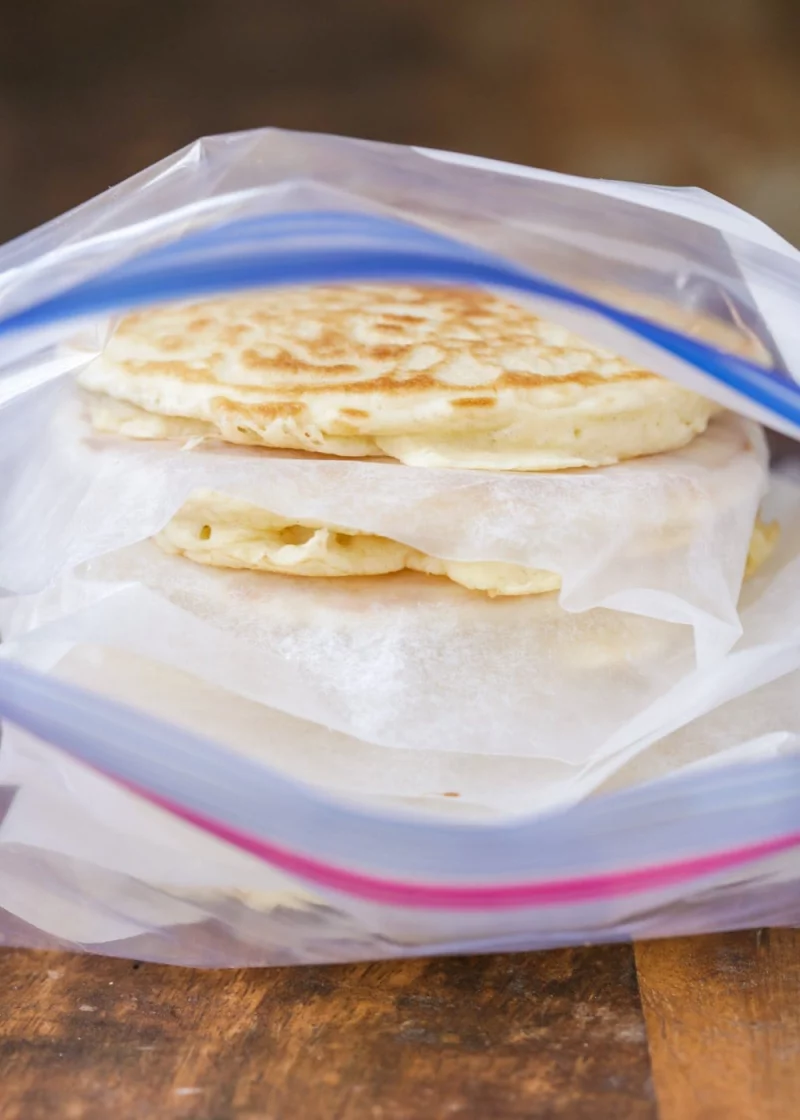
How to Handle Tricky Stuff: Dairy, Fats, and Starches
This is where things can go wrong if you’re not careful. Freezing can break delicate emulsions of fat and water.
Cheese: Let’s clear this up. Freezing a whole block of high-moisture cheese like cheddar or mozzarella is a bad idea. The water separates from the fat, and when it thaws, you get a crumbly, dry mess. The fix? Only freeze cheese you plan on melting.
- Best to Freeze (Grated): Go ahead and grate your cheddar, mozzarella, or Monterey Jack. Toss the shreds with a tiny bit of cornstarch (about a teaspoon per pound) to stop clumping, freeze them flat on a tray, then bag them. Perfect for pizza or casseroles.
- Good to Freeze As-Is: Hard, low-moisture cheeses like a block of Parmesan or Pecorino freeze wonderfully.
- Don’t Bother Freezing: Soft, delicate cheeses like Brie, ricotta, and cream cheese just don’t survive. Their texture gets grainy and watery. Just buy them fresh.
Butter and Cream: Unsalted butter freezes like a dream for up to a year. Just toss the whole box in a freezer bag to keep it from absorbing weird smells. Heavy cream can be frozen, but it will likely separate when thawed. It won’t whip up again, but you can still use it for cooking in soups or sauces.
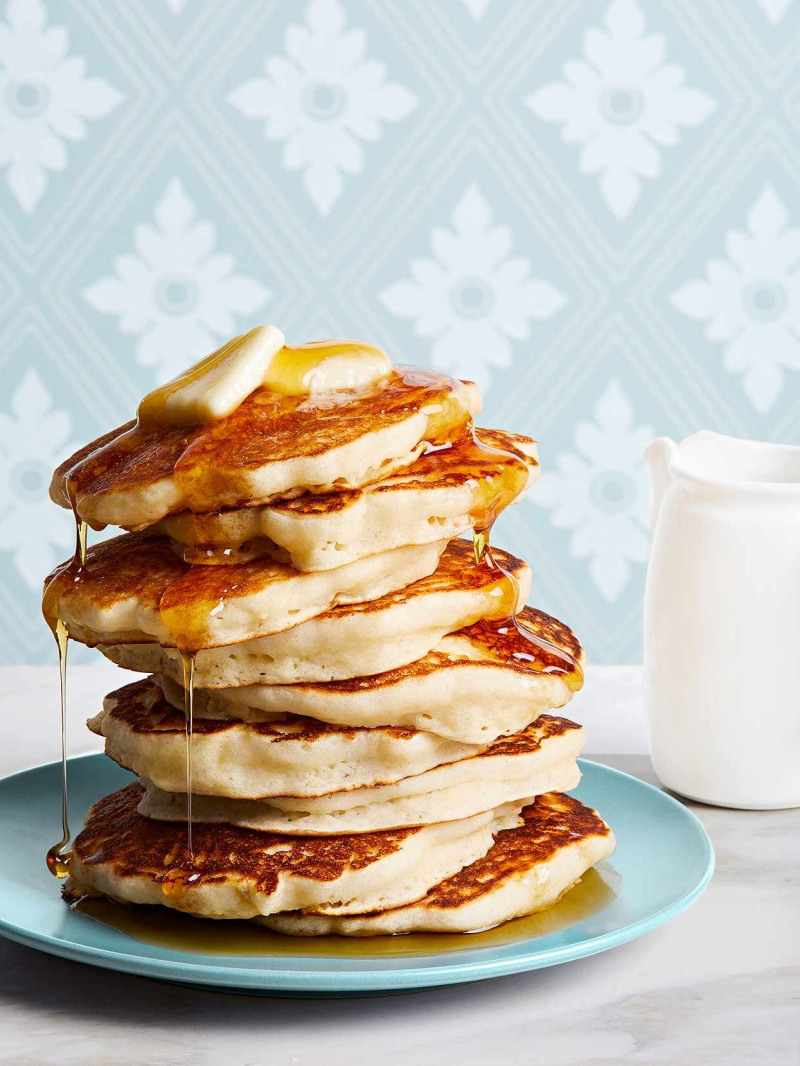
Mashed Potatoes: Watery, plain-boiled mashed potatoes will be gross and grainy after freezing. But if you make them rich with plenty of butter, cream, or cream cheese, they freeze beautifully! The fat protects the starch. Use an ice cream scoop to portion them onto a parchment-lined tray, freeze solid, then transfer the scoops to a bag for easy single servings.
Preserving Peak-Season Fruits and Veggies
This is where your freezer really shines, letting you taste summer in the middle of winter.
Fruits: For berries, sliced peaches, or cherries, the goal is what the pros call Individually Quick Frozen (IQF). Wash the fruit and—this is critical—make sure it’s BONE DRY. Any surface moisture will turn them into a giant ice block. Arrange the dry fruit in a single layer on a parchment-lined baking sheet and freeze until solid. Then, you can transfer them to a freezer bag and pour out exactly what you need.
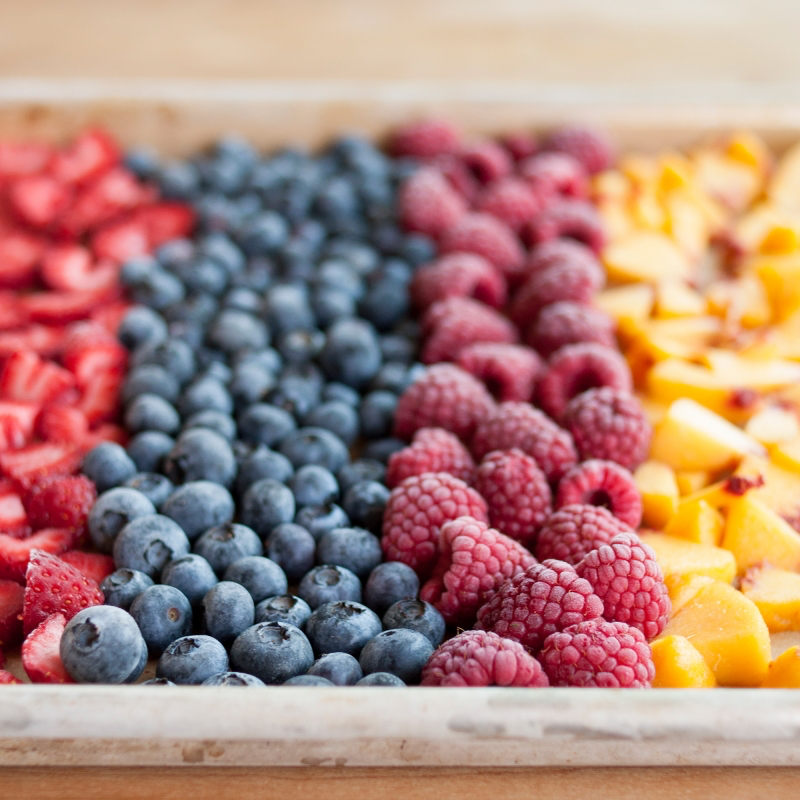
Vegetables & The Blanching Rule: With a few exceptions (like onions and bell peppers), you must blanch your vegetables before freezing. I’ve seen people skip this to save time, and they always regret it when they pull out brownish, grassy-tasting green beans months later. It’s a non-negotiable step to deactivate those pesky enzymes.
The process is simple: dunk the veggies briefly in boiling water, then immediately plunge them into an ice bath to stop the cooking. Here are some common times (start the timer once the water returns to a boil):
- Green Beans, Broccoli, Cauliflower: 3 minutes
- Peas: 1.5 minutes
- Corn on the Cob: 7-10 minutes (then cool and cut the kernels off)
- Spinach & Leafy Greens: 2 minutes (squeeze out all the water after the ice bath!)
Herbs: For delicate herbs like basil or cilantro, chop them finely, pack them into ice cube trays, and top with olive oil. The oil protects their flavor compounds perfectly. Pop one out and drop it right into a hot pan.
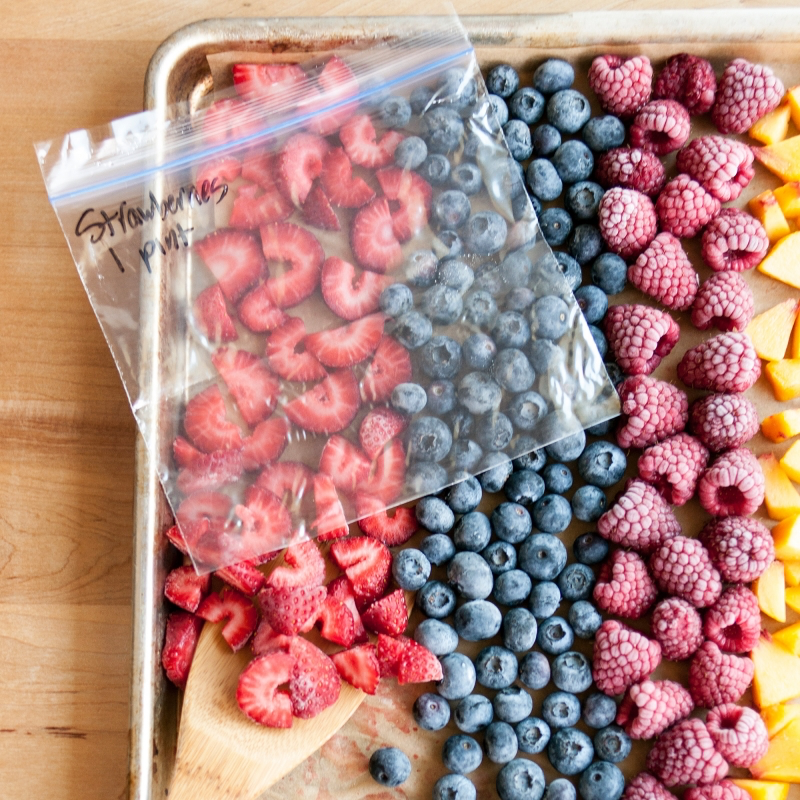
Freezing Full Meals, Baked Goods, and Grains
A well-stocked freezer is your secret weapon for busy weeknights.
Bread: Never store bread in the fridge—it makes it go stale faster. Freeze it while it’s fresh! For a whole loaf, wrap it tightly in plastic, then foil. For slices, put a small square of parchment paper between each one so you can grab just what you need for toast.
Casseroles & Lasagna: You have two options here. You can assemble the dish completely but leave it unbaked, wrap it tightly, and freeze. Then you can bake it from frozen (just add about 50% more cooking time). Or, you can bake it first, let it cool completely, and then freeze it. I prefer the assemble-raw method for things with pasta so it doesn’t get overcooked on the reheat.
Rice and Pasta: Cook them slightly underdone, or al dente. If they’re perfect when you freeze them, they’ll be mushy when reheated. Toss with a little oil, freeze flat on a tray, and then bag. Perfect for fried rice or baked pasta dishes.
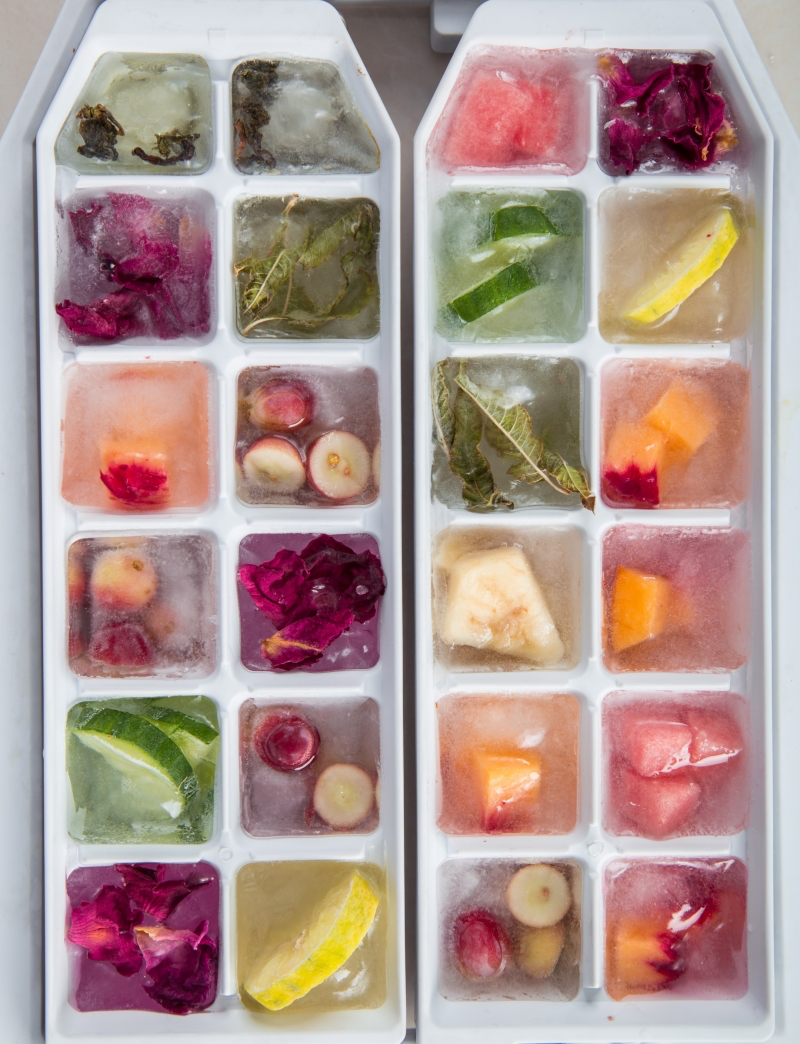
Common Freezer Fails (And How to Avoid Them)
We’ve all been there. Here are some of the most common mistakes I see.
- The Fail: My container of soup cracked and leaked everywhere!
The Fix: You forgot about expansion. Liquids expand when they freeze, so you must leave at least an inch of headspace at the top of your container. - The Fail: My vegetables are covered in ice crystals.
The Fix: You didn’t dry them enough after washing or blanching. Pat everything as dry as you possibly can before it goes into the bag. Extra water just means extra ice. - The Fail: Everything has freezer burn, even in a good bag!
The Fix: You left too much air in the bag. Air is the enemy! Really focus on pressing out every last bit of air you can, or use the water displacement trick.
Safety First: Thawing, Refreezing, and Staying Organized
All your hard work is for nothing if you don’t handle the food safely on the other end.
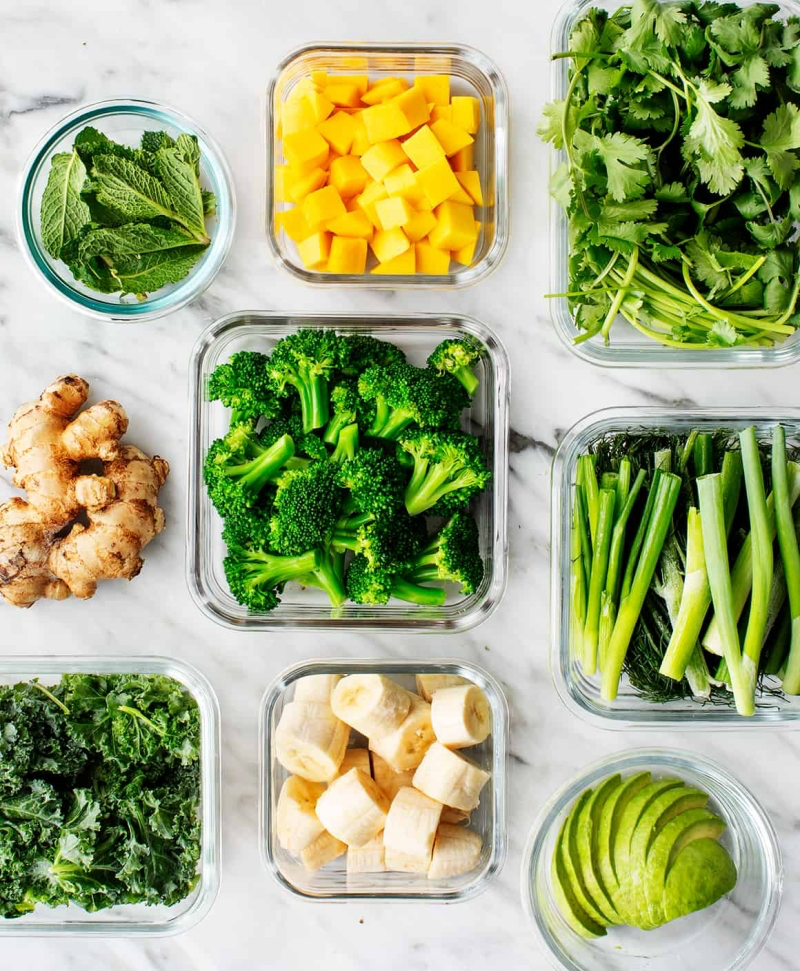
The absolute worst way to thaw food is on the kitchen counter. I once saw a rookie cook ruin an entire case of beautiful chicken in a pro kitchen because he left it out. The outside entered the bacterial “danger zone” (above 40°F) while the inside was still frozen solid. Don’t make that mistake.
There are only three safe ways to thaw:
- In the Refrigerator: Slowest but safest. A small package might thaw overnight; a big roast could take a couple of days.
- In Cold Water: Put food in a leak-proof bag and submerge it in cold water, changing the water every 30 minutes.
- In the Microwave: Use the defrost setting, but you absolutely must cook the food immediately after.
And here’s a critical rule: never refreeze food that has fully thawed. The only exception is if it was safely thawed in the fridge and never got warm. Each thaw-freeze cycle degrades quality and increases safety risks.
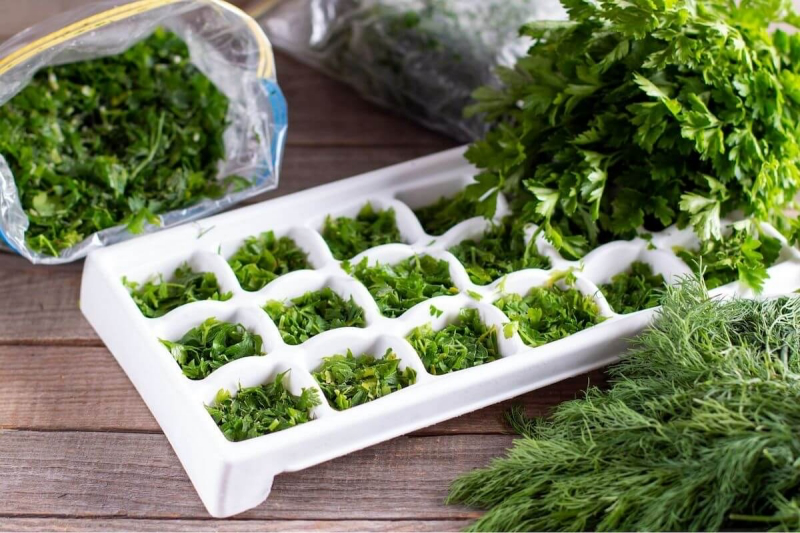
Finally, get organized! The best $10 you’ll ever spend on your kitchen is a small magnetic whiteboard for your freezer door. You can find them at any office supply store or online. Make three columns: Item, Date Frozen, and Use By. It stops the guessing game and ensures you’re using things up while they’re still at their best. Trust me, it’s a game-changer.
Inspiration:
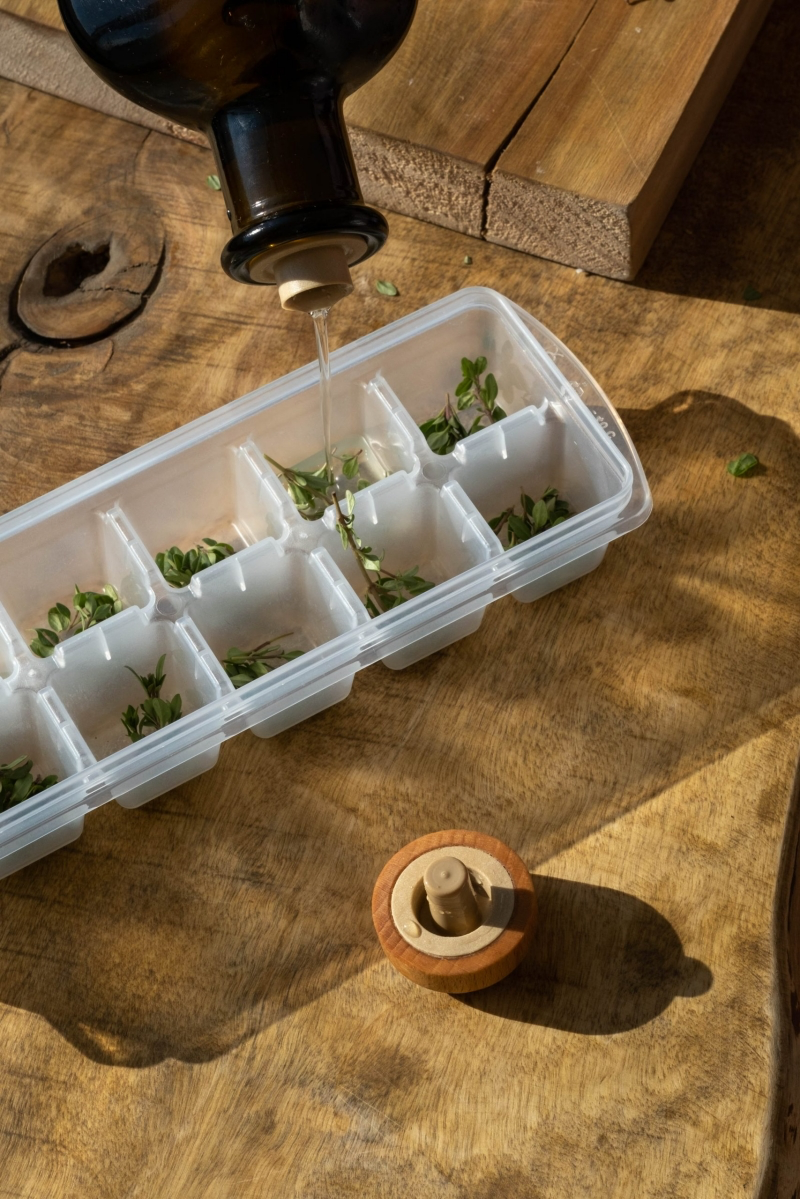
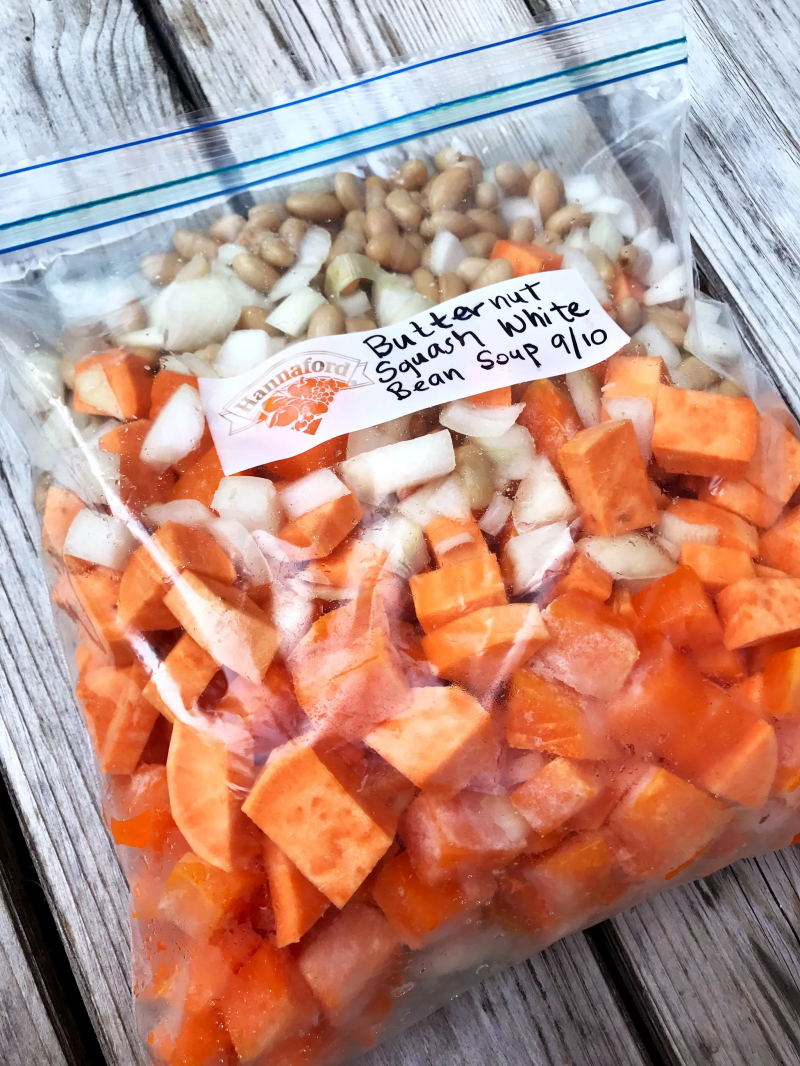
Don’t skip the blanch! For most vegetables, a quick dip in boiling water followed by an ice bath is non-negotiable. This simple step deactivates the enzymes that cause loss of color, flavor, and nutrients over time. It’s the difference between vibrant green beans and sad, army-green ones three months later.
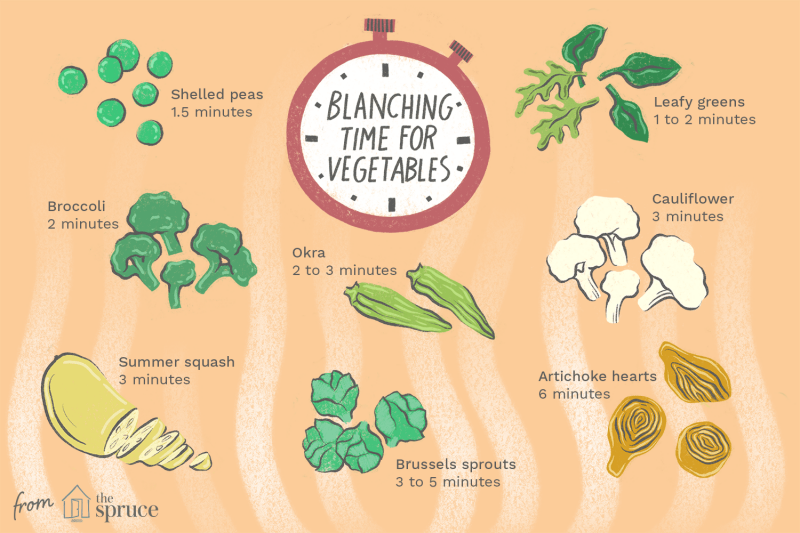
What about delicate herbs like basil or cilantro?
Don’t just throw them in a bag. The pro move is to chop them finely, mix with a good quality olive oil or melted butter, and freeze in an ice cube tray. You create perfect, single-serving
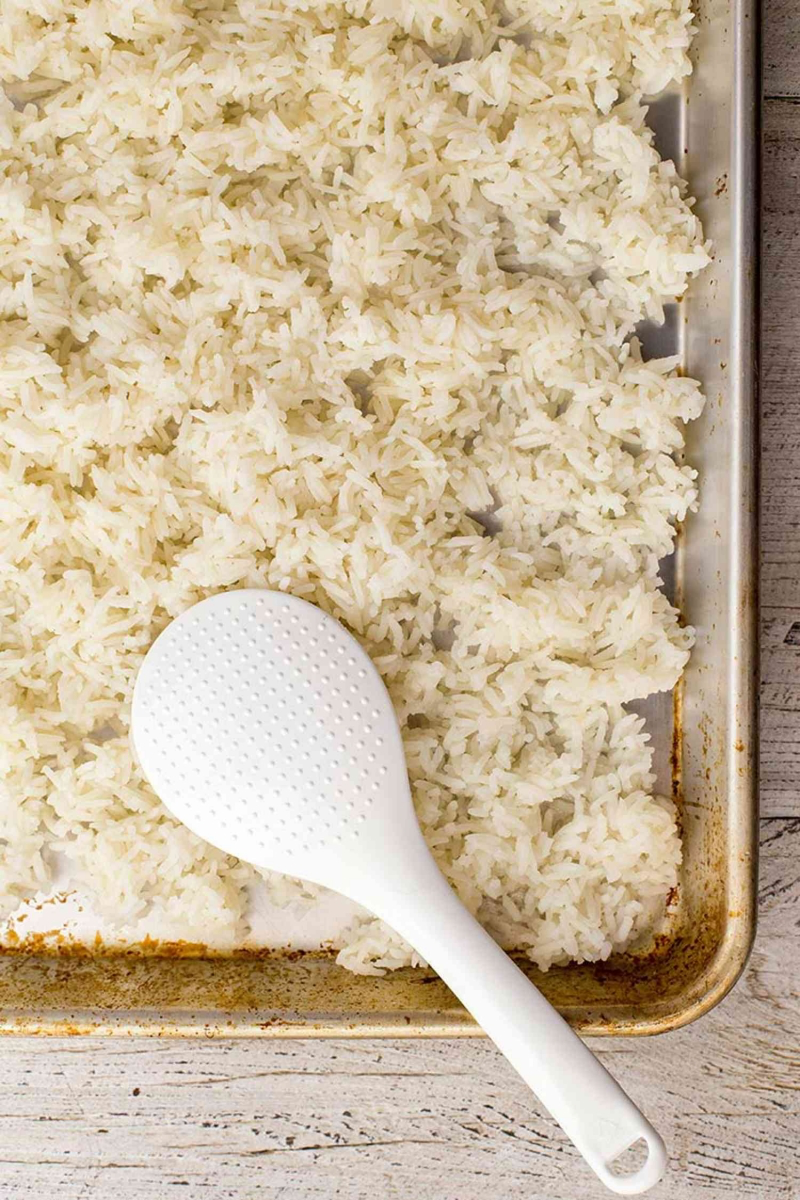
Vacuum-Sealed Bags: Ideal for meats, fish, and irregularly shaped items. Brands like FoodSaver remove all air, offering the best protection against freezer burn. They are space-efficient but often single-use.
Rigid Containers: Think glass Pyrex or quality BPA-free containers. Perfect for liquids like soups, broths, and stews. They’re reusable and stackable but can leave air space at the top if not filled correctly.
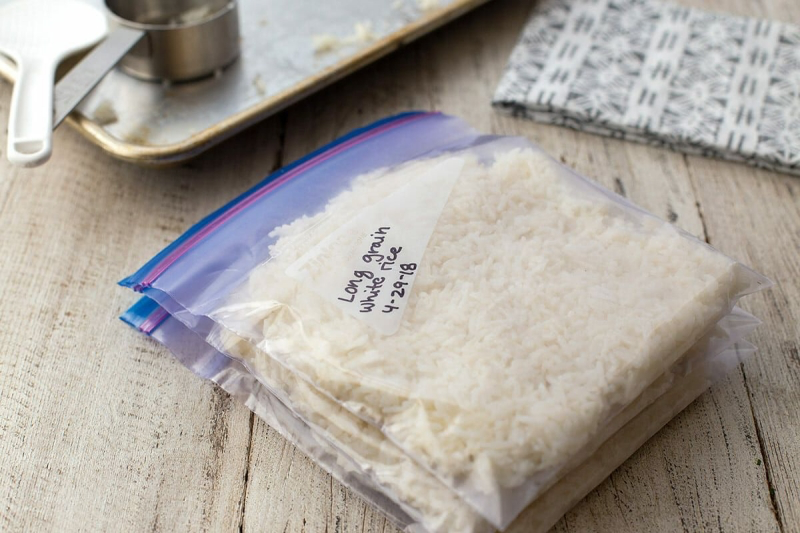
Your freezer shouldn’t be a frozen abyss. Adopt the
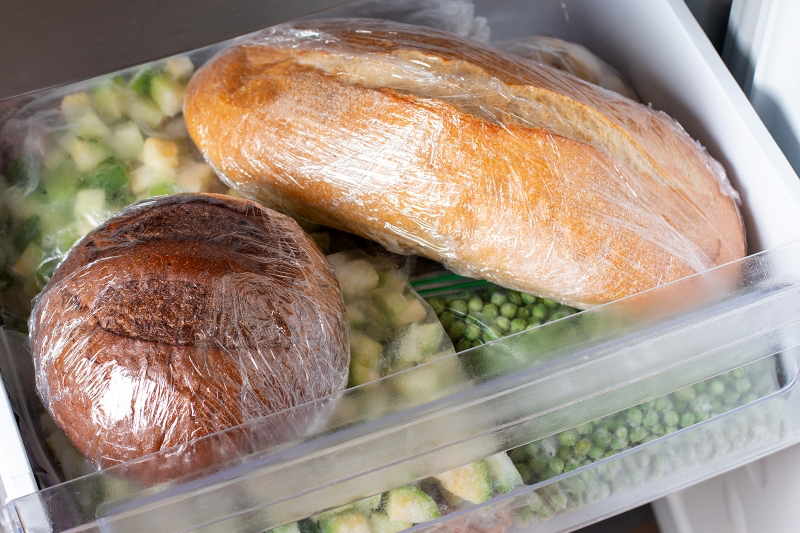
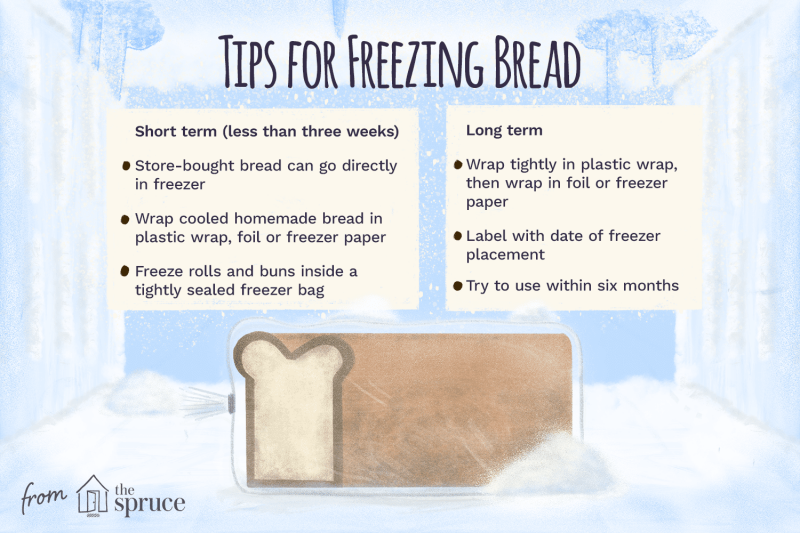
- Food that retains its original moisture and texture.
- Even cooking without tough, rubbery edges.
- Minimized risk of bacterial growth.
The secret isn’t a fancy gadget; it’s patience. The best way to thaw most foods, especially meat and fish, is slowly in the refrigerator overnight. This allows cells to gently reabsorb moisture, preserving quality far better than a microwave or a hot water bath ever could.
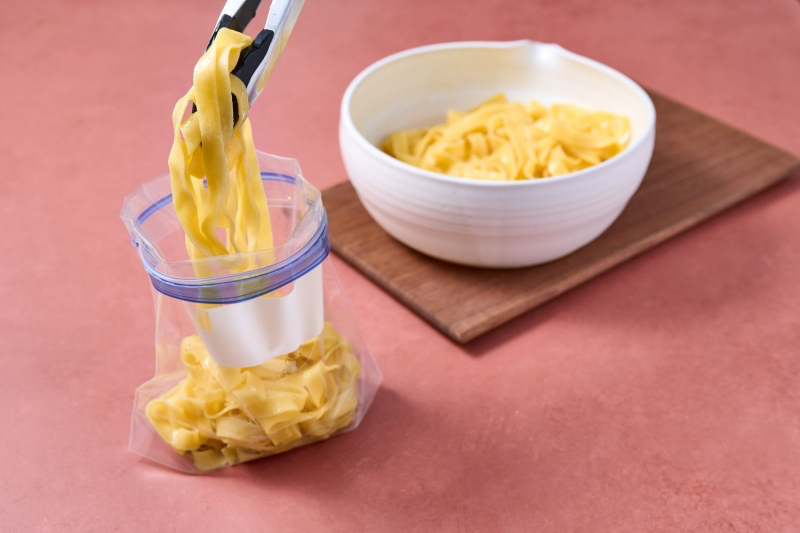
According to the USDA, an average American family of four throws out nearly $1,500 in food each year.
A well-managed freezer is a direct assault on that waste. Buying meat in bulk, taking advantage of a sale on seasonal berries, or simply saving the last two portions of chili from the trash adds up. It’s not about being cheap; it’s about being smart and respecting the resources that went into producing your food.
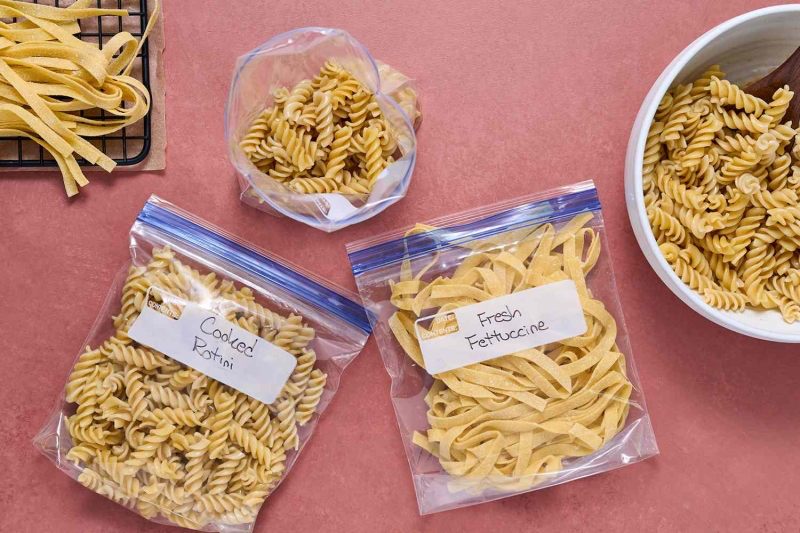
Freezing dairy is tricky, but not impossible. The key is understanding fat and water content.
- YES: Hard cheeses (cheddar, parmesan) freeze well, though they become crumbly—perfect for grating into dishes. Butter freezes beautifully for months.
- NO: Soft cheeses like ricotta or cottage cheese separate and become watery. Yogurt, sour cream, and milk can also be frozen, but their texture changes, making them best for cooking or baking, not for enjoying on their own.
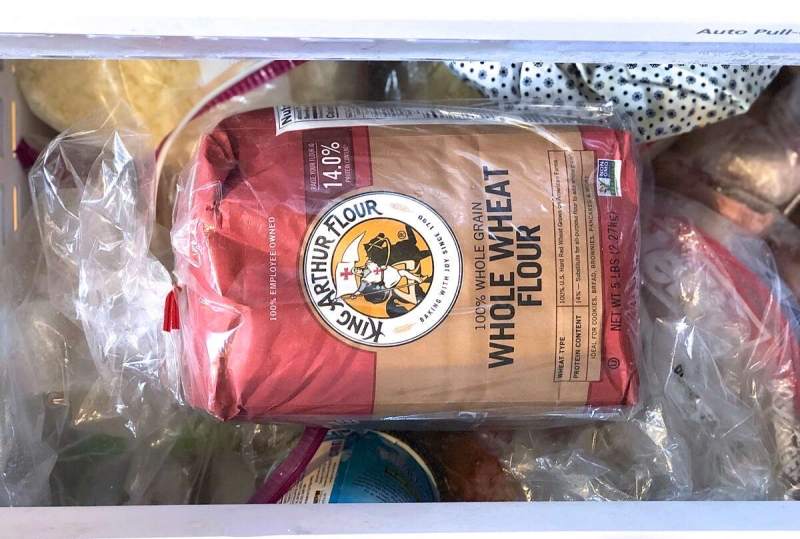

Don’t pour that last half-cup of wine down the drain. Freeze it in an ice cube tray. These frozen wine cubes are a brilliant secret ingredient. Drop a red wine cube into a bolognese or beef stew to add incredible depth, or use a white wine cube to deglaze a pan for a quick chicken or fish sauce. It’s a no-waste trick that elevates everyday cooking.
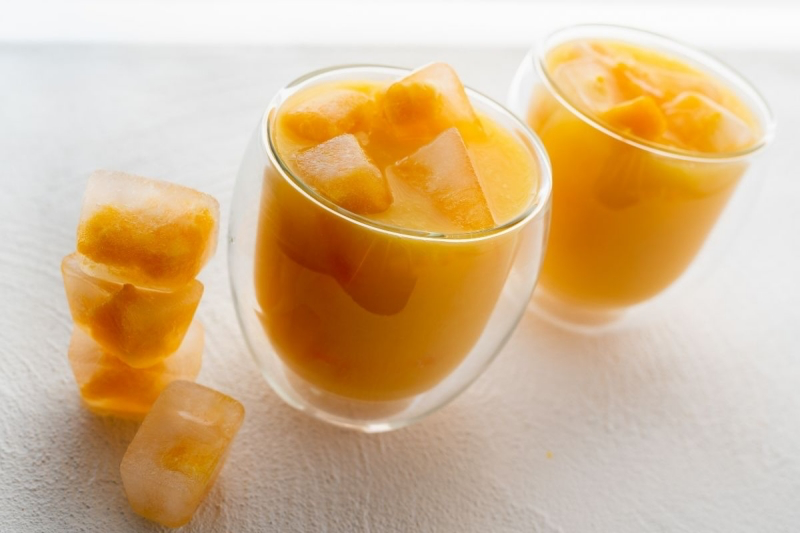
A second skin is your best defense. If you’re not vacuum-sealing, press a layer of plastic wrap or wax paper directly onto the surface of foods like chilis, soups, or ice cream before putting the lid on. This simple step creates a barrier that drastically reduces the air contact responsible for ice crystals and that dreaded freezer-burn taste.
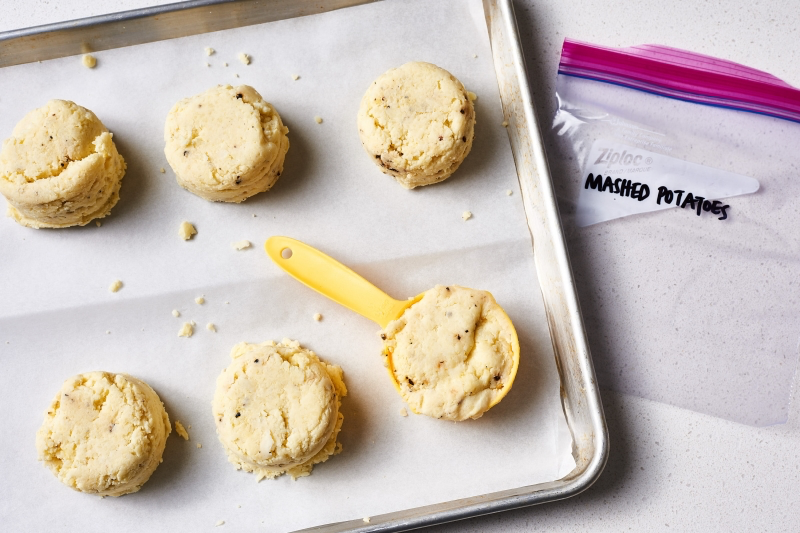
Can I really freeze that beautiful loaf of sourdough?
Absolutely, but do it right. For whole loaves or large pieces, wrap them tightly in plastic wrap, then a layer of foil. To revive, unwrap and spritz with a little water before heating in a moderate oven for 5-10 minutes. For individual slices, place parchment paper between each one before bagging, so you can grab what you need and pop them directly into the toaster.

For anyone serious about freezing, specialized silicone trays like Souper Cubes are a game-changer. They allow you to freeze liquids like stock, soup, or tomato sauce in perfectly measured blocks (e.g., 1-cup or 2-cup portions). Once frozen, you can pop the blocks out and store them in a larger bag, freeing up the tray and creating neat, stackable bricks of food that save an immense amount of space.
The Flash Freeze Tray: Your humble metal baking sheet is your most powerful tool for freezing individual items. Spread berries, chopped vegetables, or meatballs in a single layer on a parchment-lined sheet and freeze until solid. Only then should you transfer them to a freezer bag. This prevents them from clumping into an inseparable icy mass, allowing you to pour out exactly the quantity you need.










